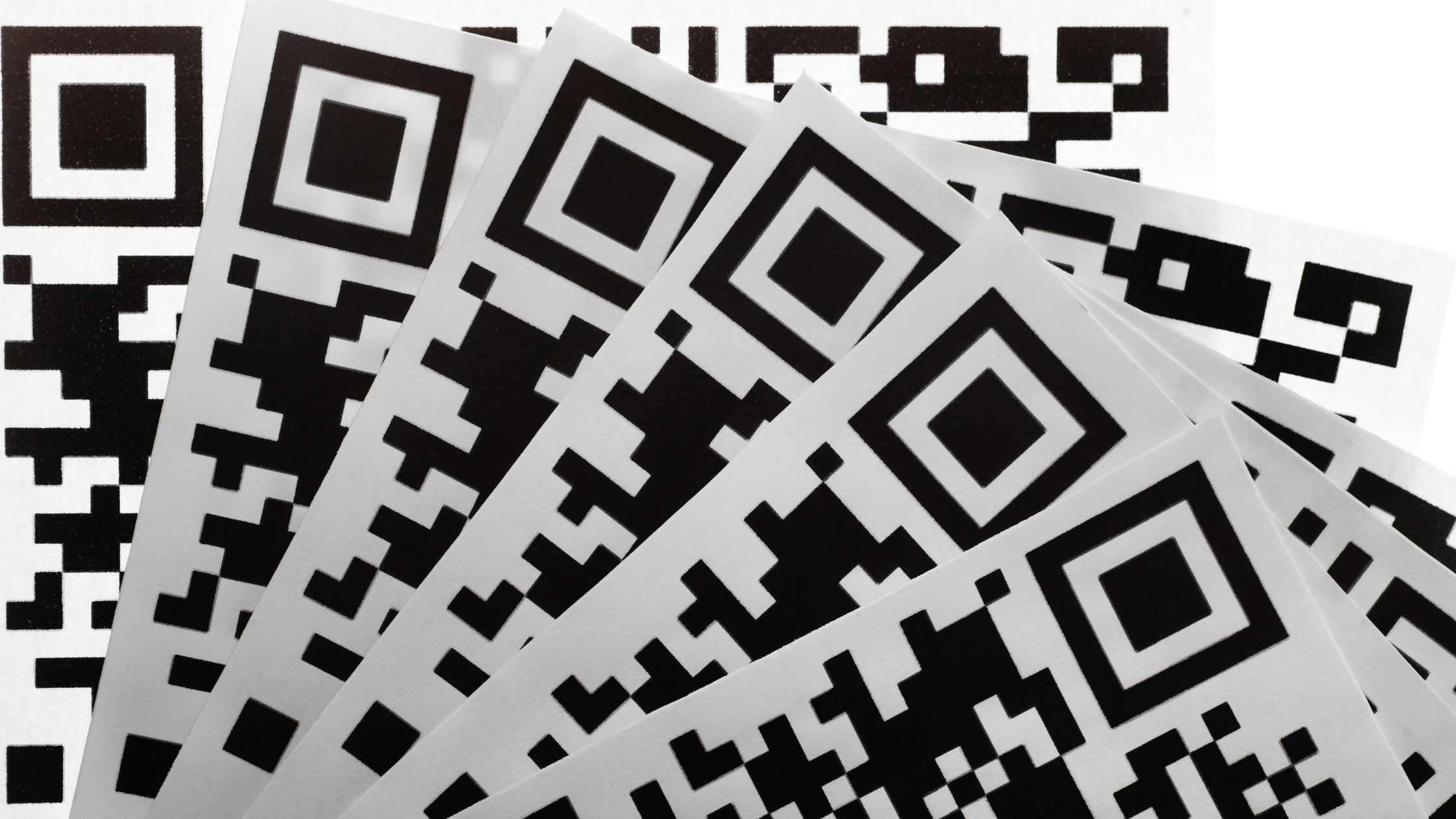LetsAllDoGood Blog

How Your Nonprofit Can Use QR Codes
QR Codes, the 26 year overnight success story.
Originally QR codes, or Quick Response codes, were created by a Toyota subsidiary in 1994 as a way to expand the amount of information that could be stored over a traditional barcode.
Upon realizing all they could do, many organizations in the US tried to adopt them, but with very limited success. Mobile phones were not yet sophisticated enough to make scanning easy for consumers.
Then came the pandemic—and with it, the need to significantly reduce contact—and suddenly, the QR code found its way into everyday life. For most of us, it started with a menu at a restaurant. How strange that access to our favorite prepared meals after many months in quarantine was what finally boosted the QR code to near universal acceptance.
But QR codes can do so much more than pull up the menu at your favorite restaurant. They are a simple tool that can drive dispersed and difficult-to-reach audiences to a specific location. That’s why they can be incredibly useful to your nonprofit organization. You can utilize QR codes to...
1. Connect your people to your content.
With the simple scan of a QR code, you can immediately drive your audience to any online content you choose— a video, a PDF, and webpage, landing page, or microsite—without the trouble of giving complex instructions or typing (or mistyping!) a URL.
With a QR code you can bypass all that and take someone standing in front of your sign exactly where you want them to go, whether it be your website or any other online destination.
2. Determine where your visitors are coming from.
Not only can QR codes easily take your audience where you want them to go, they can also tell you where they came from. Here’s one way: By creating individual QR codes for different direct mail pieces that all lead to the same landing page, you’ll get metrics for each piece—a count of the number of people who scanned each unique code.
3. Facilitate payment.
PayPal, Venmo, and Square all offer QR code links to mobile payments.
4. Facilite donations.
Perhaps more exciting than mobile payment for nonprofits, is the ability to use a QR code to accept mobile donations.
Here’s an example: One local nonprofit recreational sports league decided at the last minute to add a simple $5 Donation QR code to a sign at one of its events. This addition almost matched its cash donations for the event. It was well worth the hour it took to create, print, and post the simple 8.5” x 11” sign.
5. Provide Wi-Fi access.
Perhaps the most frequently asked onsite questions for those offering secure network access at an event or location are “What is the Wi-Fi network?” and “What is the password?”
Both these and most FAQs can now be answered through a QR code. It’s quite simple to set up, often free, and there are a lot of tips around the web on how to do it. Here are instructions from wikiHow.
6. Get likes, follows, or location check-ins on social media.
Social media can be a powerful force. Encouraging your communities to like, follow, or check in on Facebook can be a great way to expand your reach. Unfortunately it’s easy to get lost in the shuffle of your supporters’ feeds.
Generating QR codes for your social media profiles and printing and posting them where your communities are can put eyes on your pages immediately, and bring supporters closer to taking action.
7. Drive your communities exactly where you want them to go...
...and ask them to do precisely what you want them to do! Take them to a form for a volunteer event and ask them to sign in; Supply a map of your festival and tell them where to begin; Direct them to the app store to download your new mobile app. The possibilities are endless!
Thanks to the moment QR codes are having, nonprofit organizations have the opportunity to enhance the user experience of their communities and, at the same time, increase their own efficiency, the data they capture, and the donations they collect.
There is no better time to look across your nonprofit organization and identify where QR codes can quickly get your audience where you want them to go.
